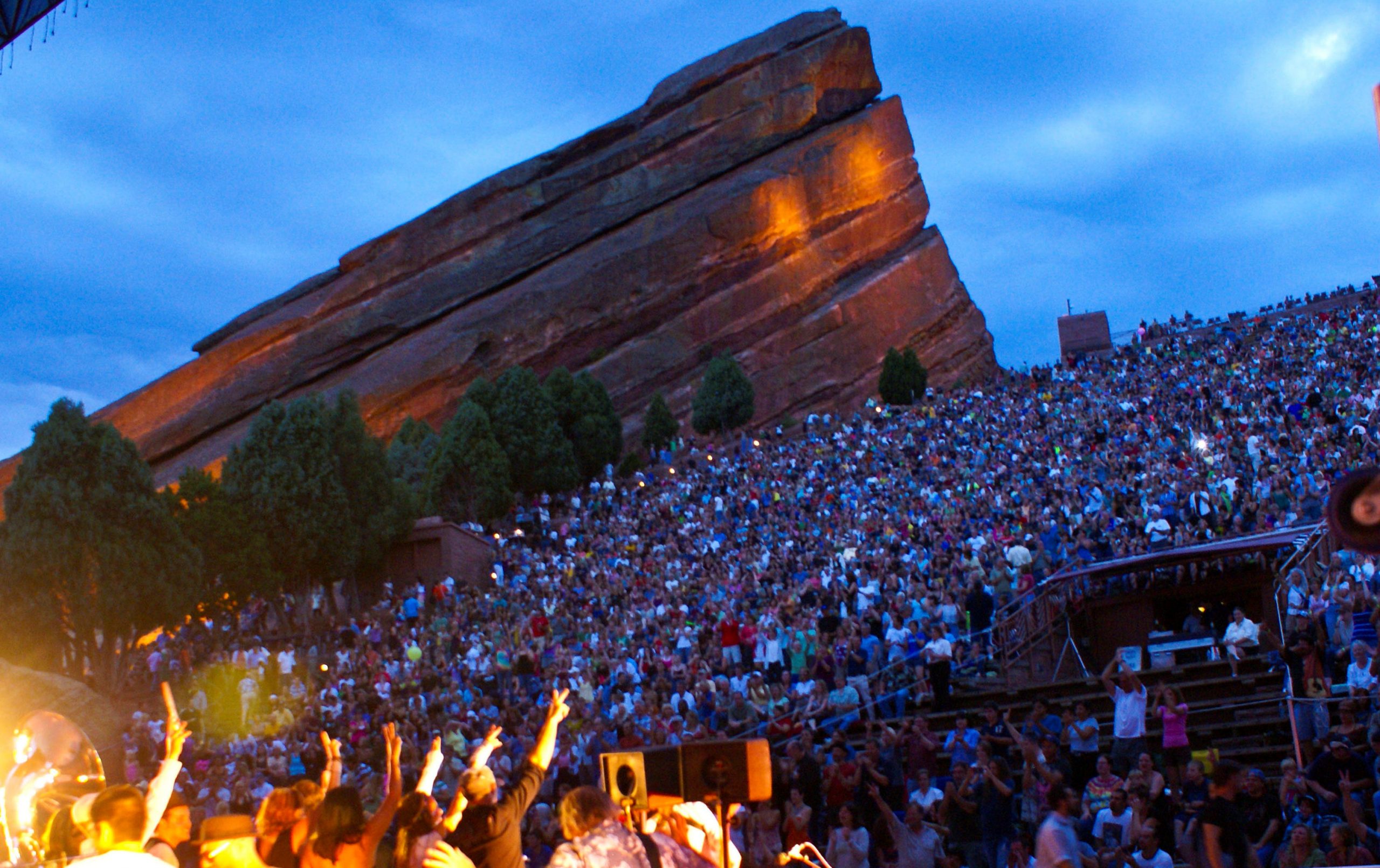The Inspirest on Facebook, 11/10/25 | His career was destroyed when newspapers confused him with a criminal. He sold his ranch to buy his old films. That bet made him television’s first millionaire. This is the story of William Boyd—a man who lost everything twice and came back richer each time.
William was born in 1895, the son of a day laborer in Ohio. When he was seven, his family moved to Tulsa, Oklahoma, chasing better opportunities that never quite materialized. Then, while he was still in his early teens, both his parents died.
At 14 years old, William Boyd had to quit school and become the man of the family. He worked as a grocery clerk. He worked as a surveyor. He worked in the Oklahoma oil fields—brutal, dangerous work that aged men before their time. By the time he was in his early twenties, William’s hair had already gone gray.
In 1919, he decided to take a chance. He’d heard stories about Hollywood, about ordinary people becoming stars, about a new industry that was making dreams come true. So he packed what little he had and headed to California.
His first job in Hollywood was as an extra in Cecil B. DeMille’s “Why Change Your Wife?” (1920). It paid almost nothing, but William was smart. He spent what money he had on fancy clothes—the kind of clothes that made him look like he already belonged. Then he made sure to position himself where DeMille would notice him.
It worked.
. . . . .
But William Boyd saw something they didn’t.
He approached Harry Sherman and the other rights holders and offered to buy the complete rights to all 66 Hopalong Cassidy films. They thought he was crazy. Who would pay good money for old B-westerns?
To raise the purchase price—around $350,000 (roughly $4.5 million today)—William sold his ranch. He bet everything he had rebuilt on a hunch about television.
Everyone thought he’d lost his mind.
Then television exploded.
TV stations were desperate for content, especially for Saturday morning programming when kids were home. William Boyd licensed his Hopalong Cassidy films to NBC. Within months, “Hoppy” was one of the most-watched shows in America. By 1950, over 50 million people—nearly a third of the U.S. population—were watching Hopalong Cassidy every week.
But William Boyd didn’t stop there.
He became the first person to truly understand what television merchandising could be. He licensed Hopalong Cassidy lunch boxes. Toy guns. Cowboy hats. Comic books. Radio shows. Records. Anything parents would buy for their children, William Boyd put Hopalong Cassidy’s face on it.
At one point, there were more than 2,000 Hopalong Cassidy products on the market.
The royalties poured in. By the early 1950s, William Boyd was making more money than any television star in America—more than Milton Berle, more than Lucille Ball, more than anyone. His income from Hopalong Cassidy exceeded $70 million over his lifetime (well over $700 million in today’s dollars).
. . . . .
William Boyd’s decision to buy the rights to his films created the blueprint for every entertainment empire that followed. Walt Disney watched what Boyd did with Hopalong Cassidy and applied the same merchandising strategy to Mickey Mouse. George Lucas would later insist on owning the merchandising rights to Star Wars—a decision that made him billions—directly citing Boyd’s example.
William Boyd didn’t just save his own career. He invented the modern entertainment business model.
. . . . .
Every time you see a Star Wars action figure, you’re seeing William Boyd’s legacy.
Every time a studio fights to own intellectual property rights, they’re following the path he pioneered.
Every time an entertainer builds an empire on merchandising, they’re walking the trail William Boyd blazed when everyone said he was crazy to buy his old Western films.
. . . . .
[Read the whole story to fill in the blanks. William Boyd may have been born poor but he was brilliant and did something with his “smarts.”]
https://www.facebook.com/profile.php?id=100094521249188

